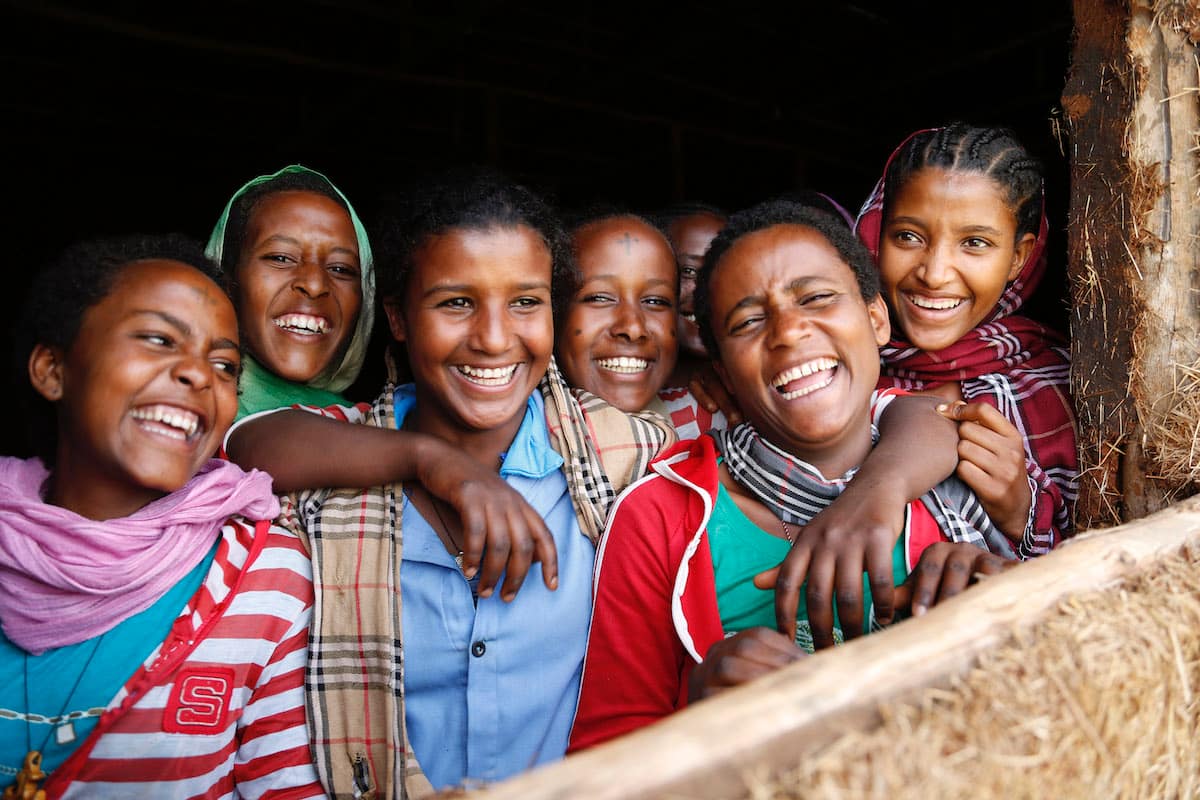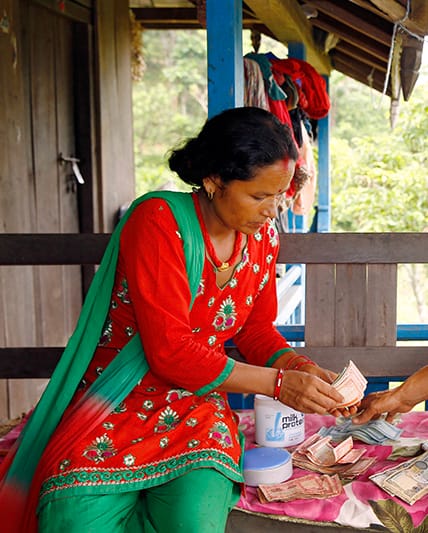
INCREASING WOMEN’S ECONOMIC STATUS TO ADDRESS VAWG
Interventions to increase women’s economic empowerment aim to improve their access to economic resources, capacity and power to make decisions over those resources. However, they have mixed results on women’s risk of intimate partner violence (IPV). By improving women’s financial autonomy and bargaining power, the risk of IPV can be reduced. Yet, these interventions can also increase levels of violence if male partners feel undermined or couples disagree on how to use the money.
This page gives key resources and selected examples.
- How long the economic benefits and the difference it makes to a woman’s economic status (e.g. formal employment vs. informal or seasonal work)
- Participation costs e.g. time, distance, and time away from “household duties”)
- How others in the woman’s life respond to her participation, especially her partner. Who the intervention targets e.g. is cash given to the woman, her partner or the household
- How the intervention is framed e.g. to empower women or something less threatening, such as family well-being.
- How the intervention violate prevalent norms around whether, when and how women work
“Being both a breadwinner and economically dependent results in different but challenging barriers to achieving safety and freedom from violence.”
There is strong evidence that, on average, cash transfers can reduce IPV at scale and across settings by reducing poverty, conflict and stress over resources. However, there is limited evidence that business training, microfinance, etc, reduce IPV on their own. Increasingly, economic empowerment efforts are paired with programmes to build women’s social capital, promote gender equity, and address unintended harms. This combination is more likely to reduce IPV and have more positive effects than either intervention alone. For a deeper dive, see the Cash Transfer Page
- Consider how the intervention is framed and delivered
- Ensure women have strategies to mitigate potential risks (e.g. conflict resolution skills) and engage male partners.
- Assess if the intervention challenges gender norms and income-earning. consider conducting formative research
- Ensure quality, appropriateness, and sufficient intensity of the intervention to improve women’s economic situations.
- Monitor for increased risk of IPV post-intervention and ensure a clear referral pathway to services
- Address barriers to women engaging with the intervention (i.e. caregiving responsibilities or transport costs)
NOTE: Women’s economic and social empowerment is a key strategy under the United Nations framework to reduce violence against women (RESPECT).
- The RESPECT Framework includes women’s economic and social empowerment under the Empowerment of Women Strategy
- The RESPECT Framework includes economic strengthening under the Poverty reduced strategy

Practical Approaches to Women’s Economic Empowerment Implementation as a Gender-Based Violence Strategy.
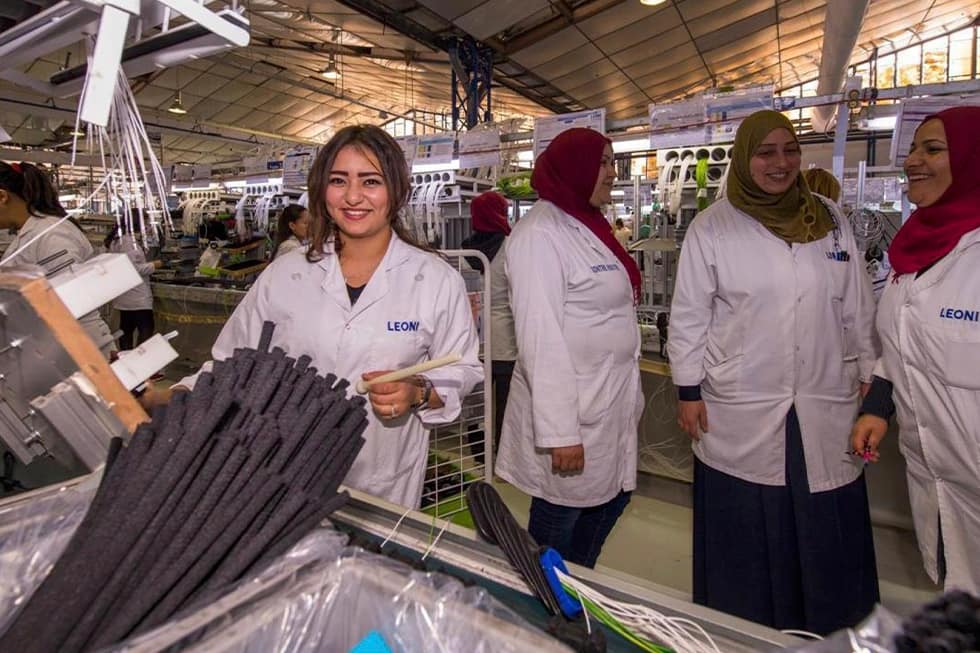
ADVANCING WOMEN’S ECONOMIC EMPOWERMENT: GENDER-BASED VIOLENCE LANDSCAPING STUDY

Women’s Economic Empowerment and IPV: Untangling the Intersections
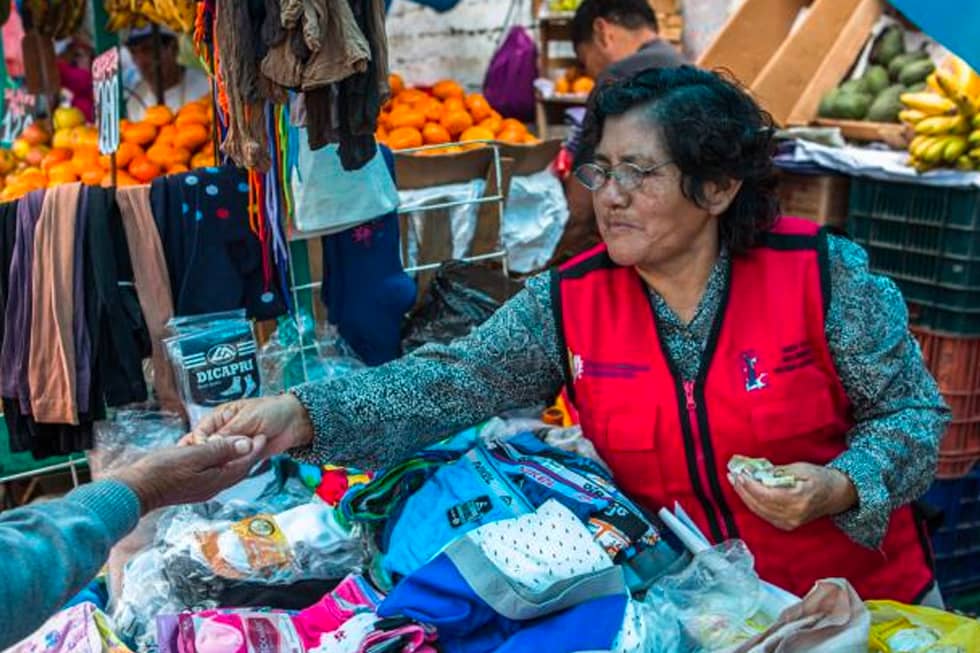
The impacts of economic interventions on intimate partner violence
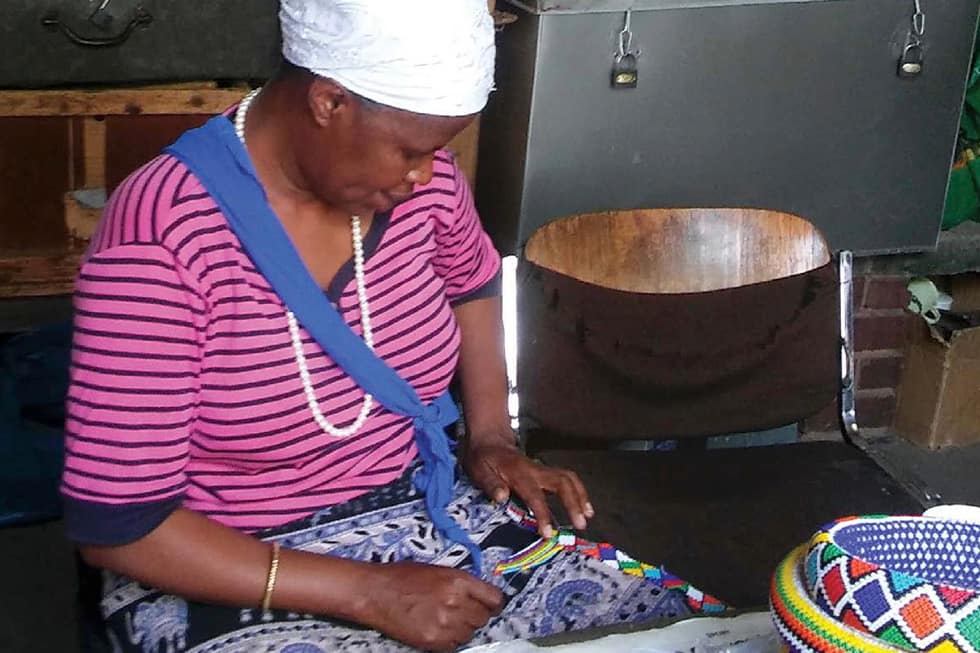
Combined economic and gender-transformative interventions: Evidence Review
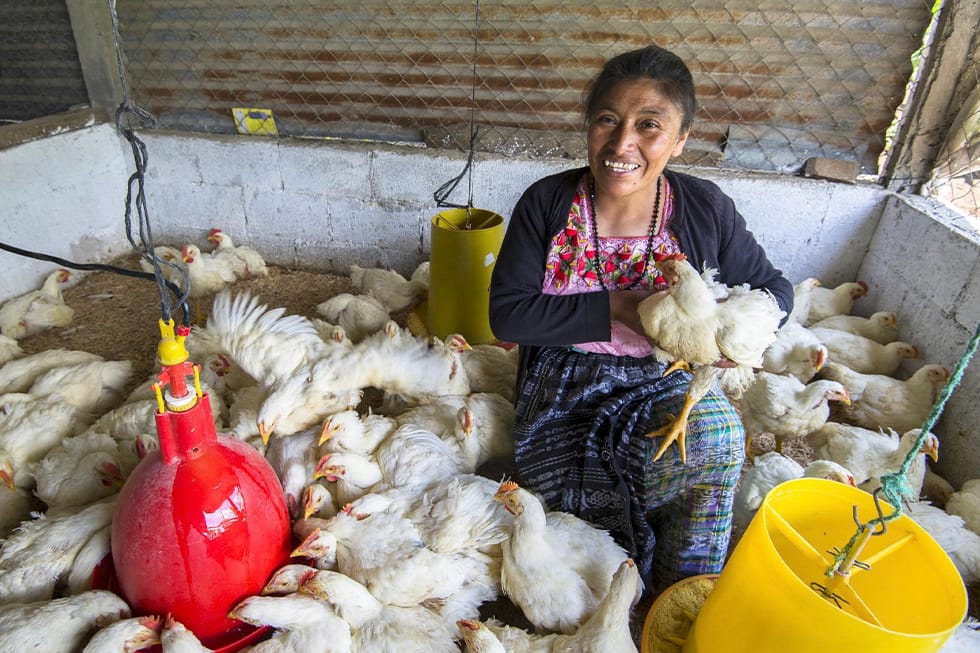
Women’s Economic Empowerment and Domestic Violence: Links and Lessons for Practitioners Working with Intersectional Approaches



